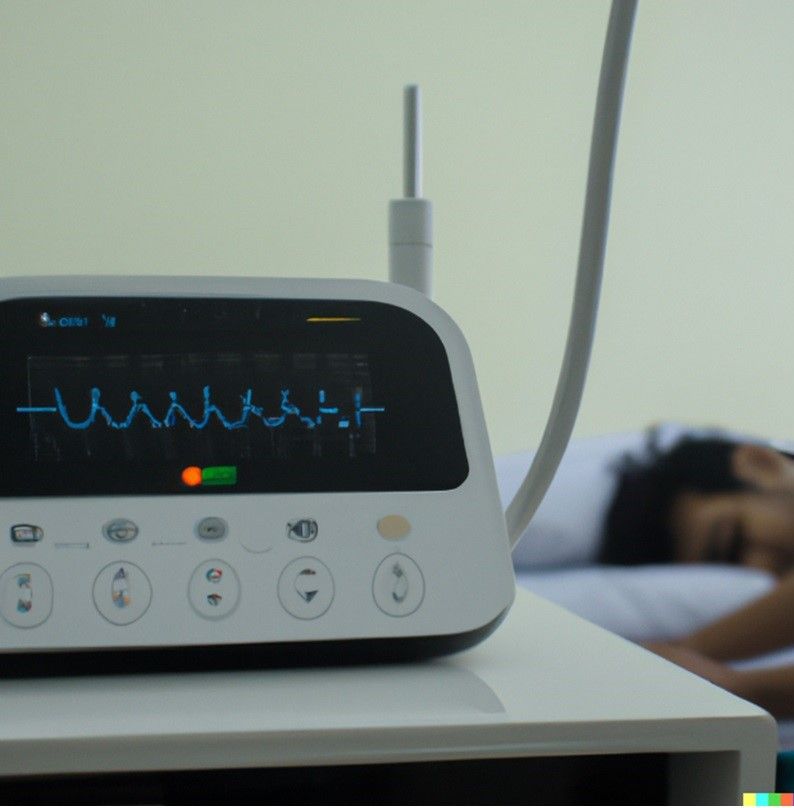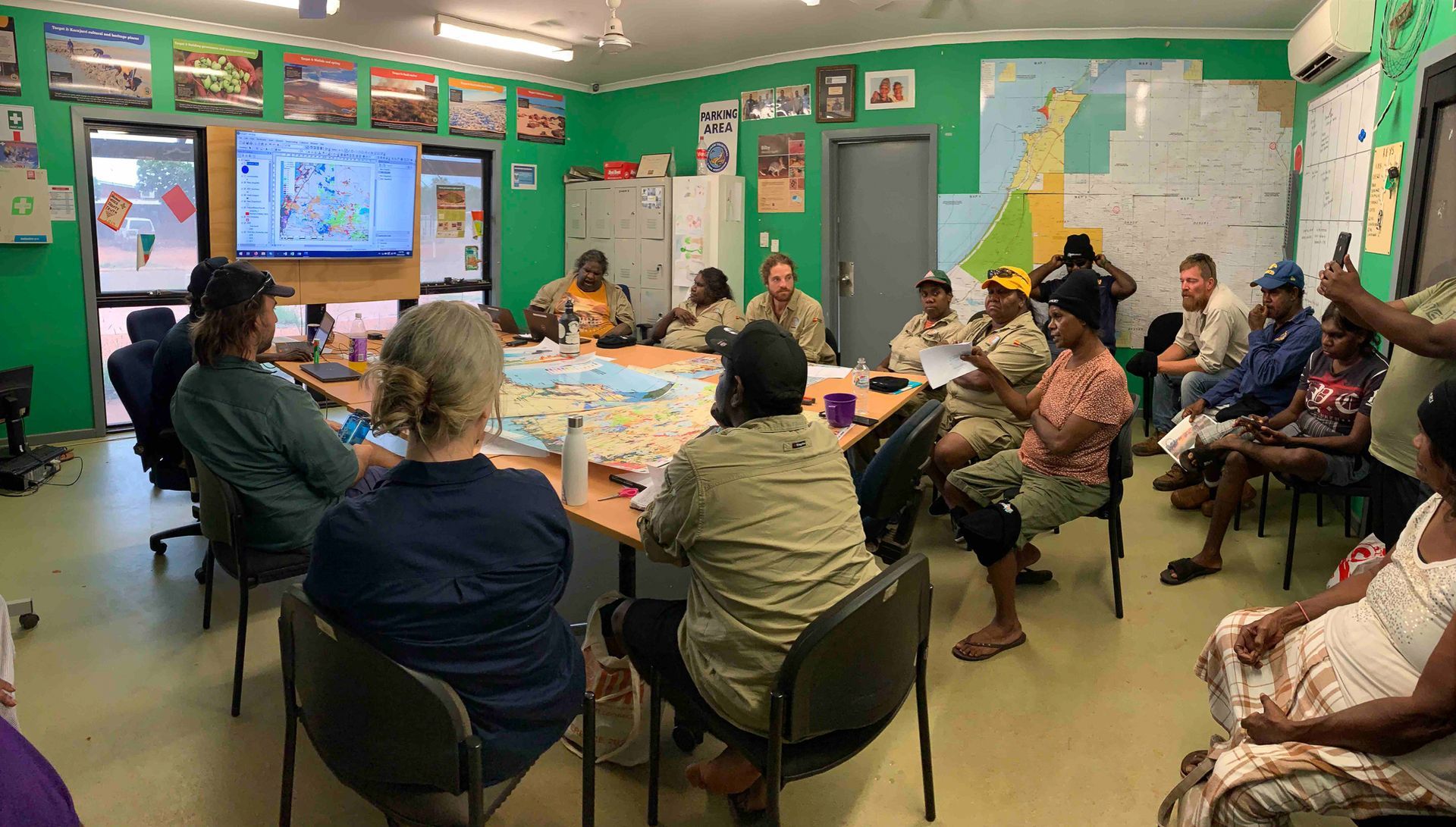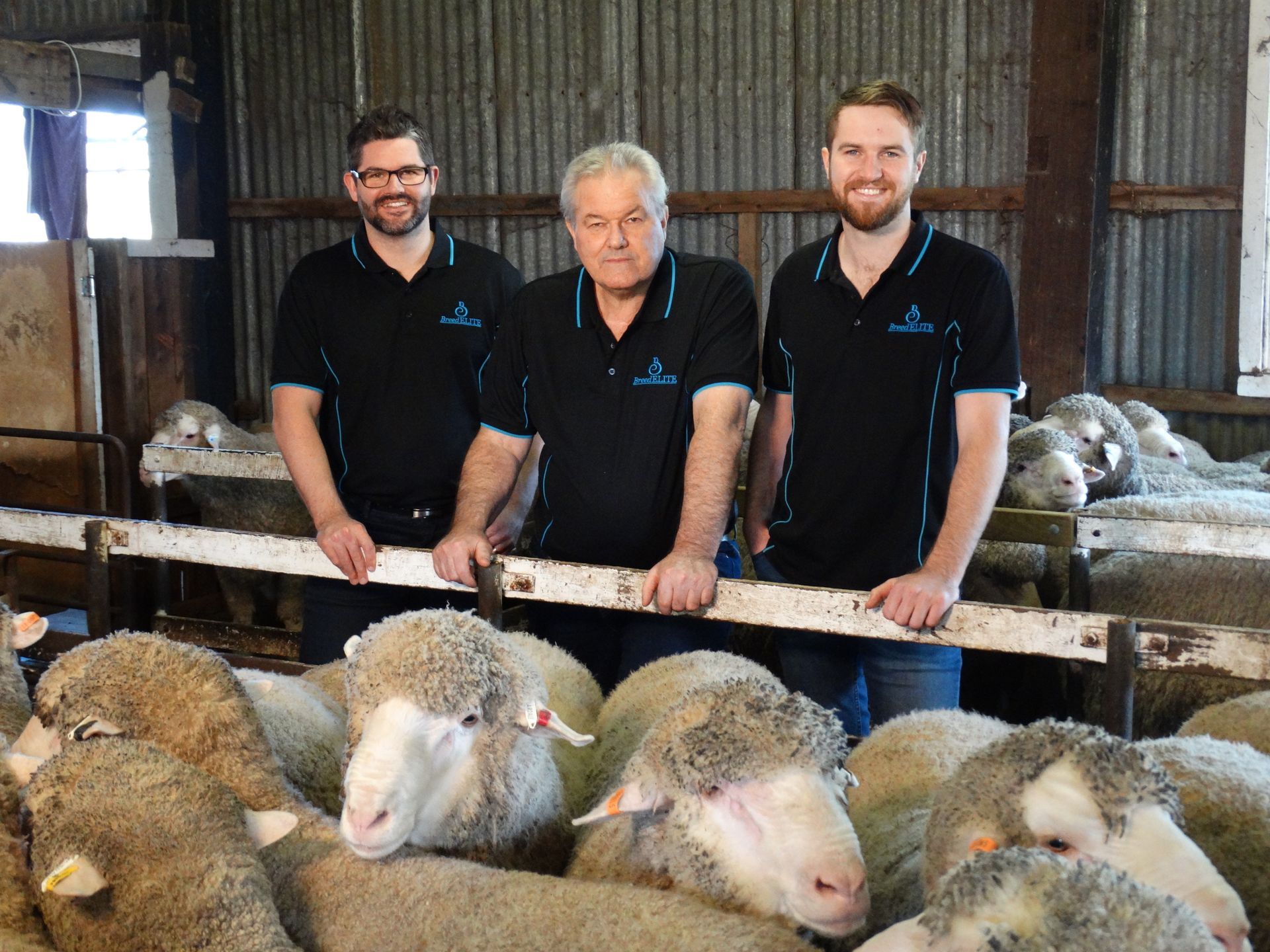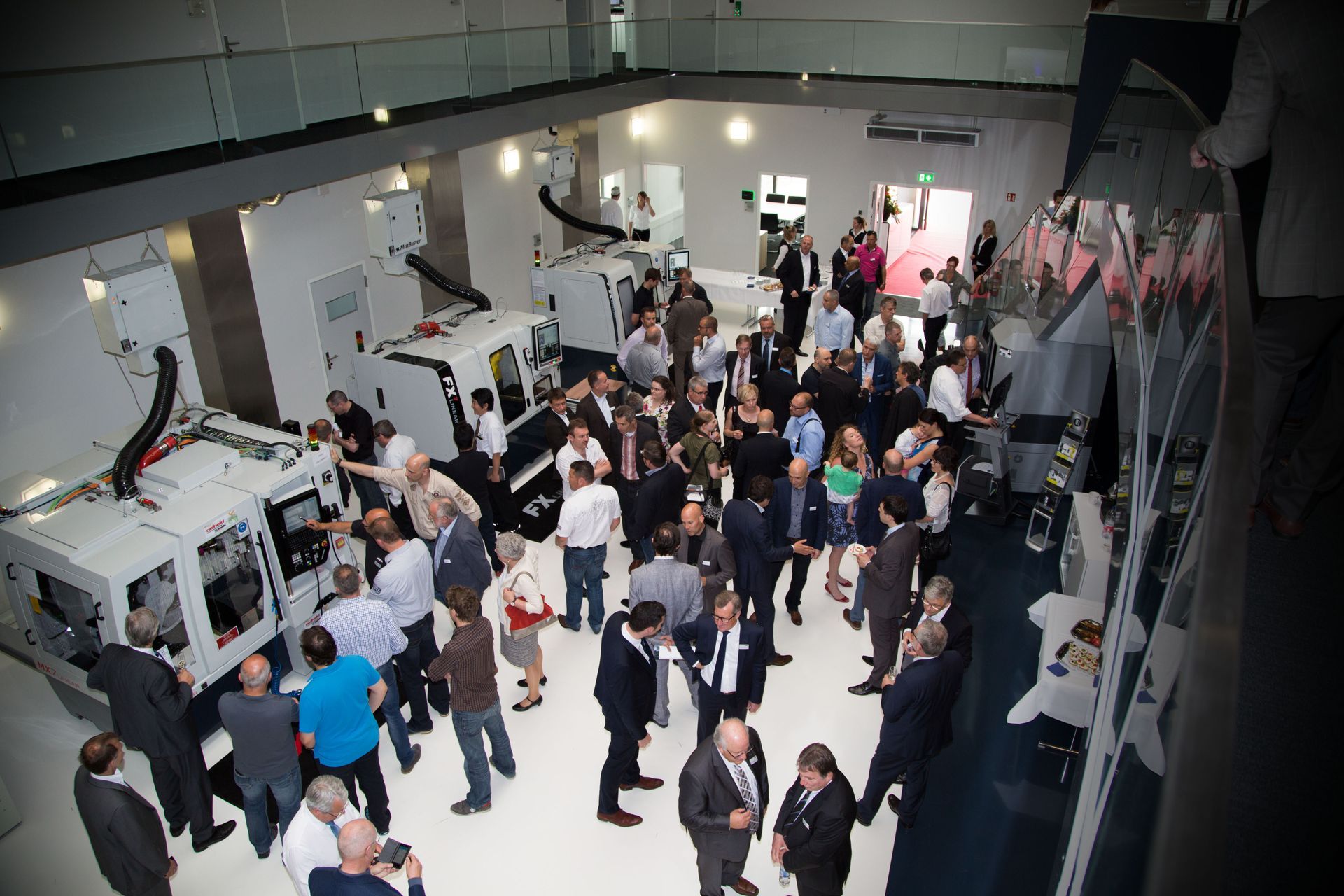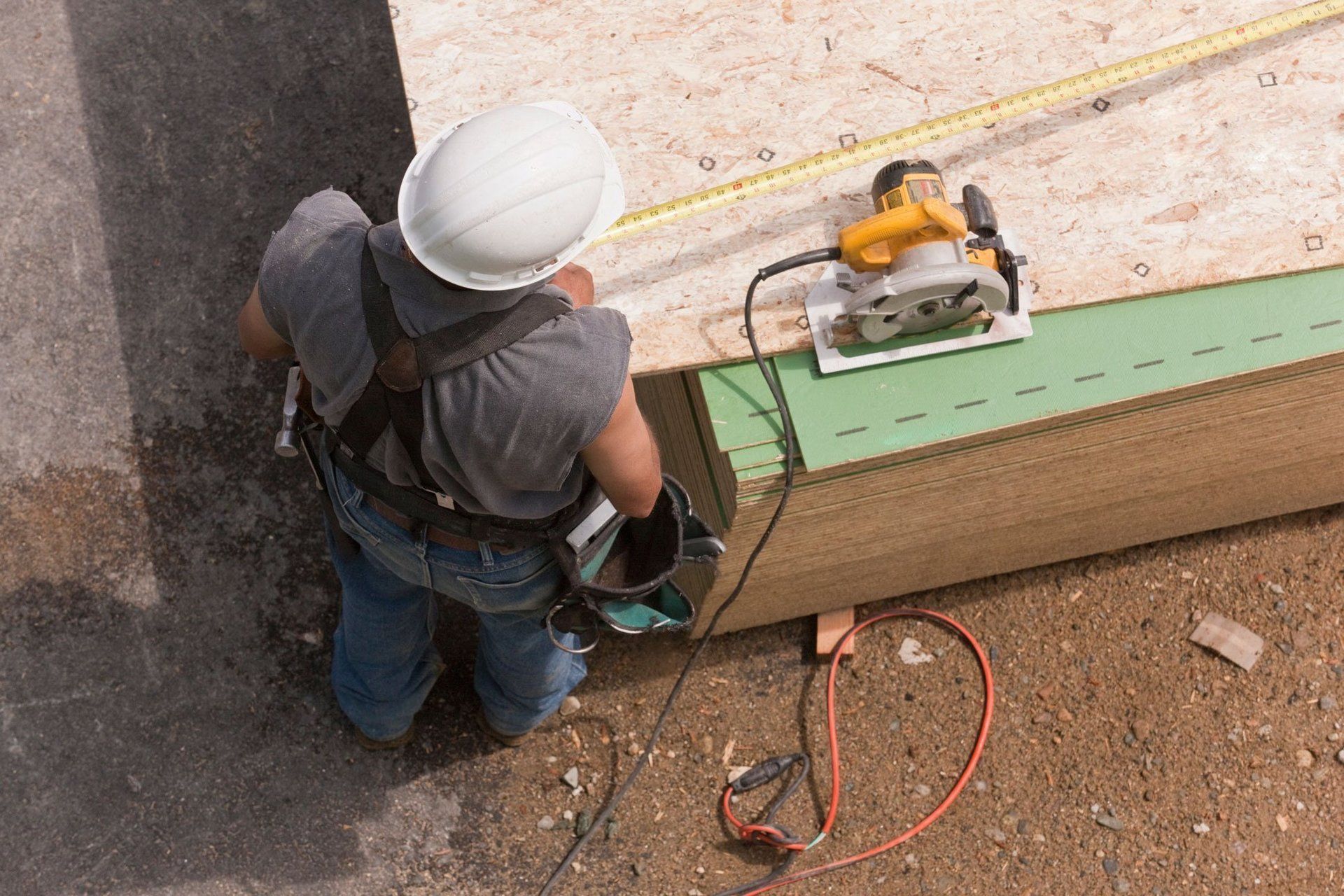Aquarium at sea: Researchers turn the heat up on corals
Georgia Fryer
Australian scientists are using ship-borne aquaria to find heat resistant corals.
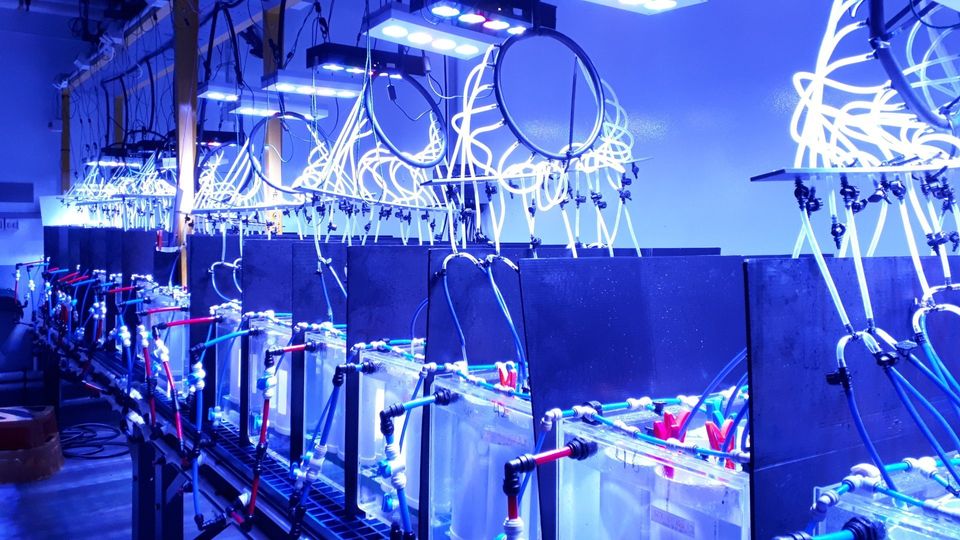
Scientists from the Australian Institute of Marine Science (AIMS) have built a ‘SeaSim in a box’, taking it out to reefs to find corals that survive warmer ocean temperatures.
According to AIMS coral ecologist, Dr James Gilmour, the sea simulator acts like a home aquarium that can mimic current and future ocean temperatures. While at sea, the scientists can experiment with finely controlled combinations of water temperature, pH, carbon dioxide, light and seawater.
AIMS is using the technology to understand how the small remaining patches of reefs have survived the rising water temperatures.
Coral bleaching occurs over a long period of unusual warmth in ocean temperatures, when coral polyps reject the algae that provides them with most of their colour and energy. Essentially, when this heat persists the coral dies.
Australia’s coral reefs suffered a mass bleaching event across 2016/2017, killing 50%
of the Great Barrier Reef.
Heat resistant corals could serve as stocks for future efforts to regrow reefs when the oceans temperature rises.
Dr Gilmour explained, “We are testing the theory that corals naturally exposed to higher and more variable temperatures on the reef use their genes to cope with extreme water temperatures during times of coral bleaching.
The aim is to protect these corals from the continued pressures of climate change in order to help them expand and rebuild the reef, he explained.
The researchers target areas on the reef that have naturally higher water temperatures and compare these to other corals, according to Dr Gilmore.
“The on-board aquaria will allow us to test corals across vast geographical scales and collect samples from corals that we know have been impacted by bleaching events, or are in naturally warmer water and thus more heat tolerant corals,” Dr Line Bay, senior research scientist, AIMS said.
Currently, the researchers have tested corals in the Great Barrier Reef and Rowley Shoal, and will be travelling to Western Australia’s Montgomery Reef and Scott Reef by the end of 2020.
Dr Gilmour said the technology can only be at sea for two-to-three weeks at one time, which limits the researcher’s examination of coral bleaching which usually takes one-to-two months.
However, Dr Gilmour remains optimistic about the results as they show how the corals and their genes handle current and future conditions which resembles the coral’s entire reaction to those environments.

In 2016 I published a blog article titled Moonshots for Australia: 7 For Now. It’s one of many I have posted on business and innovation in Australia. In that book, I highlighted a number of Industries of the Future among a number of proposed Moonshots. I self-published a book, Innovation in Australia – Creating prosperity for future generations, in 2019, with a follow-up COVID edition in 2020. There is no doubt COVID is causing massive disruption. Prior to COVID, there was little conversation about National Sovereignty or supply chains. Even now, these topics are fading, and we remain preoccupied with productivity and jobs! My motivation for this writing has been the absence of a coherent narrative for Australia’s business future. Over the past six years, little has changed. The Australian ‘psyche’ regarding our political and business systems is programmed to avoid taking a long-term perspective. The short-term nature of Government (3 to 4-year terms), the short-term horizon of the business system (driven by shareholder value), the media culture (infotainment and ‘gotcha’ games), the general Australian population’s cynical perspective and a preoccupation with a lifestyle all create a malaise of strategic thinking and conversation. Ultimately, it leads to a leadership vacuum at all levels. In recent years we have seen the leadership of some of our significant institutions failing to live up to the most basic standards, with Royal Commissions, Inquiries and investigations consuming excessive time and resources. · Catholic Church and other religious bodies · Trade Unions · Banks (and businesses generally, take casinos, for example) · the Australian Defence Force · the Australian cricket teams · our elected representatives and the staff of Parliament House As they say, “A fish rots from the head!” At best, the leadership behaviour in those institutions could be described as unethical and, at worst….just bankrupt! In the last decade, politicians have led us through a game of “leadership by musical chairs” – although, for now, it has stabilised. However, there is still an absence of a coherent narrative about business and wealth creation. It is a challenge. One attempt to provide such a narrative has been the Intergenerational Reports produced by our federal Government every few years since 2002. The shortcomings of the latest Intergenerational Report Each Intergenerational Report examines the long-term sustainability of current government policies and how demographic, technological, and other structural trends may affect the economy and the budget over the next 40 years. The fifth and most recent Intergenerational Report released in 2021 (preceded by Reports in 2002, 2007, 2010 and 2015) provides a narrative about Australia’s future – in essence, it is an extension of the status quo. The Report also highlights three key insights: 1. First, our population is growing slower and ageing faster than expected. 2. The Australian economy will continue to grow, but slower than previously thought. 3. While Australia’s debt is sustainable and low by international standards, the ageing of our population will pressure revenue and expenditure. However, its release came and went with a whimper. The recent Summit on (what was it, Jobs and Skills and productivity?) also seems to have made the difference of a ‘snowflake’ in hell in terms of identifying our long-term challenges and growth industries. Let’s look back to see how we got here and what we can learn. Australia over the last 40 years During Australia’s last period of significant economic reform (the late 1980s and early 1990s), there was a positive attempt at building an inclusive national narrative between Government and business. Multiple documents were published, including: · Australia Reconstructed (1987) – ACTU · Enterprise Bargaining a Better Way of Working (1989) – Business Council of Australia · Innovation in Australia (1991) – Boston Consulting Group · Australia 2010: Creating the Future Australia (1993) – Business Council of Australia · and others. There were workshops, consultations with industry leaders, and conferences across industries to pursue a national microeconomic reform agenda. Remember these concepts? · global competitiveness · benchmarking · best practice · award restructuring and enterprising bargaining · training, management education and multiskilling. This agenda was at the heart of the business conversation. During that time, the Government encouraged high levels of engagement with stakeholders. As a result, I worked with a small group of training professionals to contribute to the debate. Our contribution included events and publications over several years, including What Dawkins, Kelty and Howard All Agree On – Human Resources Strategies for Our Nation (published by the Australian Institute of Training and Development). Unfortunately, these long-term strategic discussions are nowhere near as prevalent among Government and industry today. The 1980s and 1990s were a time of radical change in Australia. It included: · floating the $A · deregulation · award restructuring · lowering/abolishing tariffs · Corporatisation and Commercialisation Ross Garnaut posits that the reforms enabled Australia to lead the developed world in productivity growth – given that it had spent most of the 20th century at the bottom of the developed country league table. However, in his work, The Great Reset, Garnaut says that over the next 20 years, our growth was attributable to the China mining boom, and from there, we settled into “The DOG days” – Australia moved to the back of a slow-moving pack! One unintended consequence of opening our economy to the world is the emasculation of the Australian manufacturing base. The manic pursuit of increased efficiency, lower costs, and shareholder value meant much of the labour-intensive work was outsourced. Manufacturing is now less than 6% of our GDP , less than half of what it was 30 years ago!


